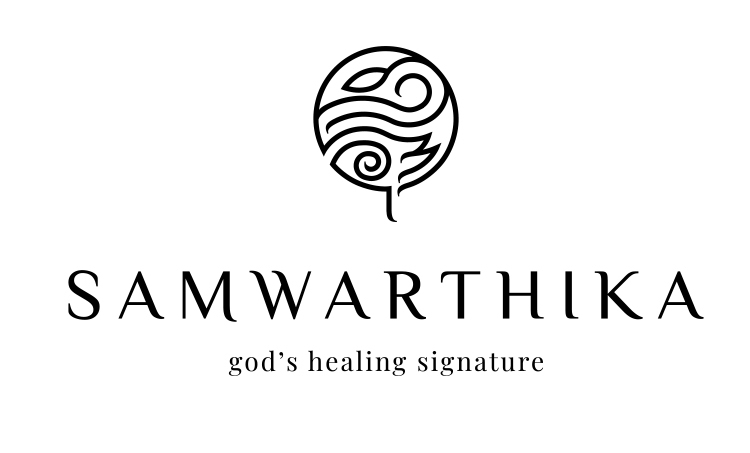Facial palsy, often referred to as facial paralysis, is a condition that can significantly impact a person’s life. It occurs when the facial nerves, which control the muscles of the face, become damaged or impaired. In this blog, we’ll delve into the various aspects of facial palsy, from its causes and symptoms to available treatments and the emotional toll it can take on individuals.
What Causes Facial Palsy?
Facial palsy can result from a variety of causes, including:
- Bell’s palsy: This is one of the most common causes of facial palsy. It’s characterized by the sudden onset of facial weakness or paralysis, often attributed to viral infections.
- Trauma: Physical trauma to the face or head, such as a car accident or a fall, can damage the facial nerves.
- Tumors: Certain tumors, like acoustic neuromas, can put pressure on the facial nerves, leading to paralysis.
- Infections: Infections like Lyme disease or herpes can cause facial palsy.
- Congenital: Some individuals are born with facial palsy, which can be the result of developmental issues in the womb.
Symptoms of Facial Palsy
The symptoms of facial palsy can range from mild to severe and may include:
- Drooping of the eyelid and corner of the mouth
- Difficulty closing the eye on one side
- Twitching or spasm of facial muscles
- Loss of taste sensation on the front two-thirds of the tongue
- Excessive tearing or dryness of the eye on the affected side
Treatments
The treatment for facial palsy depends on its underlying cause and the severity of the condition. Some common treatment options include:
- Medication: In cases of viral-related palsy like Bell’s palsy, antiviral drugs and corticosteroids are often prescribed.
- Physical Therapy: Physical therapy can help improve muscle strength and coordination in the face.
- Surgery: In cases of severe facial palsy or when there’s an identifiable physical cause, surgery may be recommended to repair or bypass damaged nerves.
- Botox Injections: Botulinum toxin injections can be used to manage muscle contractions in some cases, reducing the appearance of facial asymmetry.
- Emotional Support: Coping with facial palsy can be emotionally challenging. Support from mental health professionals and support groups can be essential for emotional well-being.
In Ayurveda, facial palsy is typically referred to as “Ardita.”
Causes of Ardita (Facial Palsy) in Ayurveda
- Vata Imbalance: In many cases, Ardita is associated with aggravated Vatadosha, which disrupts the flow of prana (life force) to the facial nerves.
- Nervous System Disorders: Underlying nervous system disorders or injuries can also contribute to Ardita in Ayurveda.
- Viral Infections: In some instances, viral infections that affect facial nerves are considered contributing factors. Ayurveda may recommend remedies to boost the immune system and address the underlying viral infection.
- Emotional Stress: Emotional factors, including prolonged stress and anxiety, can weaken the body’s natural defence mechanisms and contribute to facial palsy. Ayurvedic medicines provide a holistic approach towards managing stress and anxiety.
Ayurveda is a traditional system of medicine from India that focuses on holistic healing and balance. Ayurvedic treatment for facial palsy generally involves a combination of therapies, including:
- Panchakarma: This is a purification and detoxification process that may include therapies like Nasya (nasal administration of medicinal oils or herbs).Other external therapies like Moordha thailam, Akshi tharpanam(stagnation of medicated ghee over closed eyelids), Karnapoornam (pouring of medicated oil into the ears) are also administered which can improve blood circulation.
- Herbal Remedies: Ayurvedic practitioners may recommend various herbs and herbal formulations to reduce inflammation and improve nerve function
- Diet and Lifestyle: Adjustments to diet and lifestyle are often prescribed to maintain balance in the body and promote healing.
- Pranayama and Yoga: Breathing exercises and yoga asanas that focus on relaxation and stress reduction can be beneficial in managing facial palsy.
Ayurveda emphasizes dietary and lifestyle changes for managing Ardita:
- Warm, Nourishing Foods: Consuming warm, easy-to-digest foods and herbal teas can help pacify Vata and support healing.
- Adequate Hydration: Staying well-hydrated is important for overall health and Vata balance.
- Avoiding Excessive Cold and Wind: Protecting the face from harsh environmental conditions is crucial during the recovery phase.
- Mental Health Support: Managing stress through meditation, mindfulness, and counseling can aid in the healing process.
Facial palsy, a condition characterized by the paralysis of facial muscles, can be a distressing experience. Early diagnosis and appropriate treatment are crucial for the best possible outcomes. Additionally, offering understanding and support to those dealing with facial palsy is essential, as it can have a profound impact on their quality of life. While modern medicine offers various treatments, Samwarthika Ayurveda Hospital, through the ancient Indian system of medicine, provides an alternative approach to managing facial palsy. By addressing the root causes, balancing doshas, and incorporating natural remedies, individuals can experience relief and restoration of facial muscle function.

